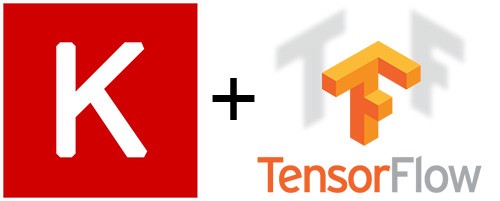
In deep learning, a dropout layer is a regularization technique that helps prevent overfitting by randomly dropping out (or turning off) a certain number of neurons during training. In other words, dropout layer randomly drops out a certain percentage of neurons in a layer, so that the neurons in the layer are not dependent on any specific neuron.
Keras is a popular deep learning library that makes it easy to build and train neural networks. To add a dropout layer to a model in Keras, you first need to import the library, then create a new model using the Sequential() function. Next, you can add a dropout layer to the model by using the Dropout() function.
The Dropout() function takes one argument, which is the percentage of neurons to drop out. For example, if you want to drop out 20% of the neurons in a layer, you would call the Dropout() function with the argument 0.2.
It is important to note that you should only add dropout layer between the dense layer. That is, after the dense layer and before the final output layer.
Once you have added the dropout layer, you can then compile and train the model as usual.
In summary, to add a dropout layer to a deep learning model in Keras, you need to import the library, create a new model using the Sequential() function, add a dropout layer using the Dropout() function with the desired percentage of neurons to drop out, and then compile and train the model as usual.
In this Applied Machine Learning & Data Science Recipe (Jupyter Notebook), the reader will find the practical use of applied machine learning and data science in Python programming: How to add a dropout layer to a Deep Learning Model in Keras.
What should I learn from this recipe?
You will learn:
- How to code a keras and tensorflow model in Python.
- How to setup a sequential deep learning model in Python.
- How to add dropout layer in a deep learning model.
- How to create simulated data using scikit-learn.
- How to deal with runtime warnings.
- How to create training and testing dataset using scikit-learn.
- How to train a tensorflow and keras model.
- How to report confusion matrix.
Introduction to Applied Machine Learning & Data Science for Beginners, Business Analysts, Students, Researchers and Freelancers with Python & R Codes @ Western Australian Center for Applied Machine Learning & Data Science (WACAMLDS) !!!
Support SETScholars for Free End-to-End Applied Machine Learning and Data Science Projects & Recipes by becoming a member of WA Center For Applied Machine Learning and Data Science (WACAMLDS). Membership fee only $1.75 per month (on annual plan) and you will get access to 350+ end-to-end Python & R Projects.
Western Australian Center for Applied Machine Learning & Data Science – Membership
How to add a dropout layer to a Deep Learning Model in Keras:
Latest end-to-end Learn by Coding Recipes in Project-Based Learning:
All Notebooks in One Bundle: Data Science Recipes and Examples in Python & R.
End-to-End Python Machine Learning Recipes & Examples.
End-to-End R Machine Learning Recipes & Examples.
Applied Statistics with R for Beginners and Business Professionals
Data Science and Machine Learning Projects in Python: Tabular Data Analytics
Data Science and Machine Learning Projects in R: Tabular Data Analytics
Python Machine Learning & Data Science Recipes: Learn by Coding
R Machine Learning & Data Science Recipes: Learn by Coding
Comparing Different Machine Learning Algorithms in Python for Classification (FREE)
Subscribe SETScholars on YouTube.
Support SETScholars for Free End-to-End Applied Machine Learning and Data Science Projects & Recipes by becoming a member of WA Center For Applied Machine Learning and Data Science (WACAMLDS). Membership fee only $1.75 per month (on annual plan) and you will get access to 350+ end-to-end Python & R Projects.
Western Australian Center for Applied Machine Learning & Data Science – Membership